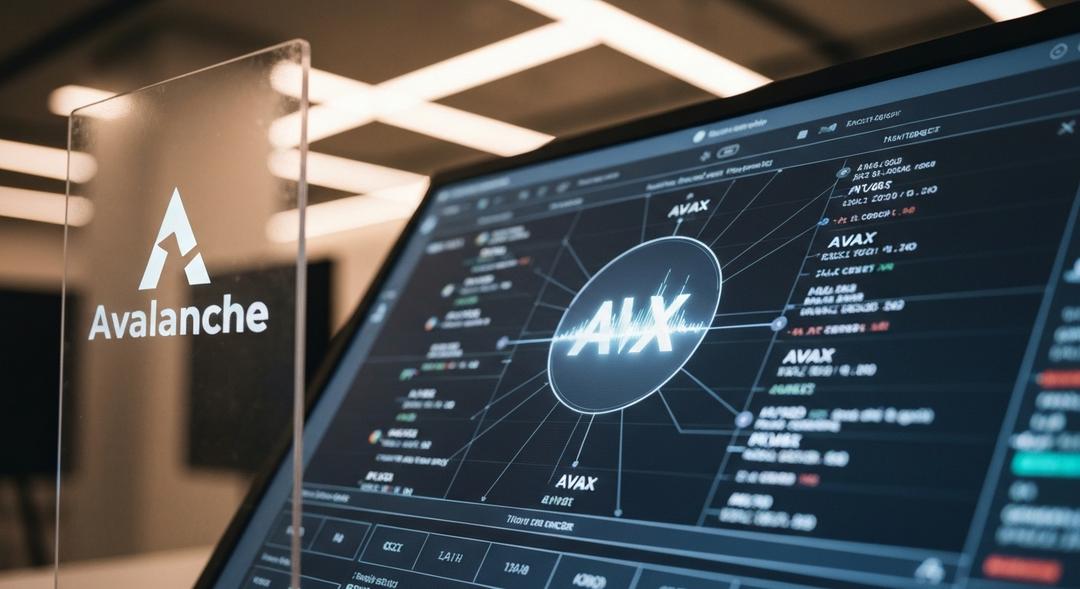Major financial institutions are looking closely at Ethereum’s reliability now. Security and trust are the main priorities for large-scale investors who move enormous sums.
Retail users have increasingly left the Ethereum network, seeking cheaper alternatives for basic transactions. The average investor balks at paying steep fees for low-value trades. For institutions handling millions, that same cost is not only justified, but essential for peace of mind.
The difference in perspective between individual users and organizations reveals what drives blockchain adoption. Many smaller users are drawn to blockchains with faster operations and lower costs. When billions are at stake, security becomes the deciding factor for those larger players.
In traditional finance, the willingness to pay for tried and tested infrastructure has always existed. Institutions pay more to use trusted networks such as the NYSE or SWIFT and are comfortable with these costs. Proven histories of compliance and reliability are non-negotiable.
Ethereum occupies a similar role within the digital asset world for these reasons. A network that has endured challenges and performed without major security lapses earns the confidence of those managing gigantic portfolios. Any network that carries the risk of downtime or unproven reliability becomes an unlikely candidate for institutional adoption.
Whenever institutions decide where best to conduct a high-stakes contract or settlement, they value it even above speed. They need the certainty that comes only from a blockchain with a mature developer base, extensive audits, and established compliance tools.
Ethereum’s structure was designed to accommodate integration with current financial systems. Over the past few years, increasing numbers of major banks and financial service providers have embraced Ethereum as a reliable settlement environment. Its broad developer community and history of responsive security measures make it the clear first choice for regulated transactions at scale.
No other blockchain has attracted as much institutional development in regulated spaces. As regulations and policies around crypto evolve, institutions favor environments that offer transparency and deep pools of experience. This strengthens Ethereum’s position further as an indispensable settlement layer.
Financial institutions consider the risks of locking funds on unreliable or experimental networks unacceptable. When selecting a blockchain, the lessons from legacy finance remain clear: Only infrastructure that combines broad acceptance with rigorous security standards is suitable.
Some networks focus on fast and cheap transactions, but they often cut corners on security or decentralization. In contrast, Ethereum’s higher fees reflect the costs involved in maintaining a secure, decentralized system that can defend against threats.
Many of the world’s leading developers continue to concentrate on Ethereum, expanding its capabilities and fortifying its reliability further. This creates a self-perpetuating cycle, drawing in more institutions who need those strengths for critical settlements.
While network activity statistics such as daily transactions might excite retail audiences, institutions monitor where regulated market infrastructure is actually being deployed and tested. The indicators for institutional engagement are less visible but significantly more profound.
For any organization preparing to build a new on-chain financial instrument or settlement service, the answer comes quickly. Tested security, regulatory confidence, and reliable execution trump small cost advantages every time.
This institutional approach to blockchain underlines why Ethereum will remain a pillar of decentralized finance, even as other networks compete on transaction speed and price alone.
People interested in robust, scalable blockchain solutions may want to Start Cloud Mining to experience first-hand how these networks build value over time.
Ethereum’s story is not about mass-market appeal at the retail level. Instead, its careful, security-first approach ensures it remains at the heart of institutional DeFi and the home of major financial integrations.
Conclusion
Institutional investment is not driven by short-term trends but by a careful assessment of security and reliability. Ethereum’s emphasis on safety over speed enables it to meet stringent requirements set by the world’s largest financial players.
As new regulations emerge and the DeFi landscape matures, organizations will continue to choose platforms with trusted infrastructure. For this audience, Ethereum’s so-called drawbacks transform into essential benefits, ensuring its ongoing dominance in the institutional arena.

Ewan’s fascination with cryptocurrency started through his curiosity about innovative technologies reshaping the financial world. Over the past four years, he has specialized in cloud mining and crypto asset management, diving deep into mining contracts, profitability analysis, and emerging trends. Ewan is dedicated to helping readers understand the technical and economic aspects of crypto mining, making complex information accessible and actionable.




